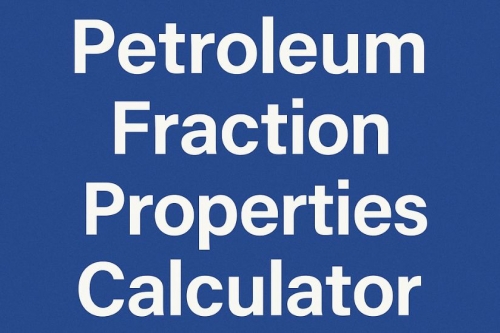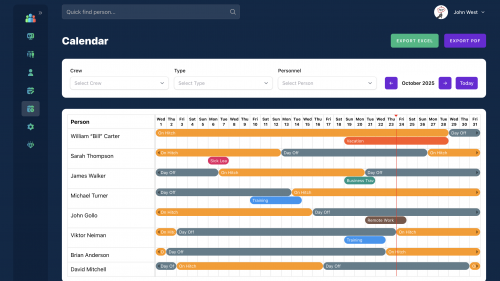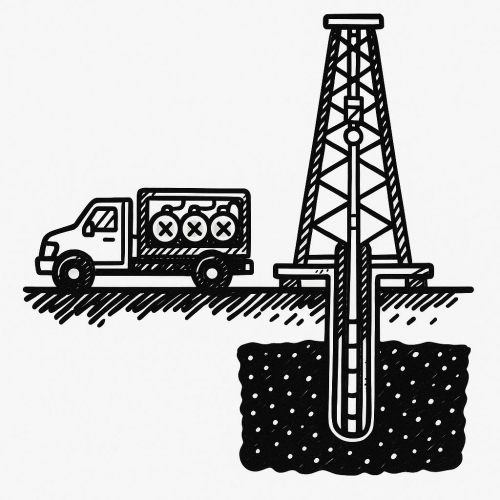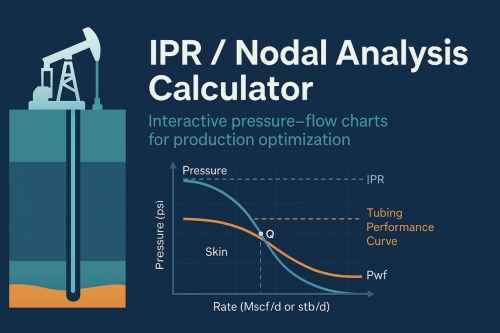In the complex realm of the oil and gas industry, completion and workover fluids play a vital role in ensuring the safe, efficient, and productive operation of wells. These specialized fluids are used in a variety of applications, from controlling wellbore stability to enhancing drilling performance and protecting the reservoir.
Understanding Completion and Workover Fluids
Completion and workover fluids, often referred to as drilling fluids, are specially formulated liquids or gases used in the exploration and production of oil and gas reservoirs. These fluids serve multifaceted purposes, ranging from controlling wellbore stability to enhancing drilling performance and protecting the reservoir.
Types of Completion and Workover Fluids
The type of completion and workover fluid used depends on a variety of factors, including the geological formation, well depth, reservoir characteristics, and environmental considerations. Some of the most common types of completion and workover fluids include:
- Water-based fluids: Water-based fluids are the most common type of completion and workover fluid. They are relatively inexpensive and easy to handle, but they can damage the formation if not properly formulated.
- Oil-based fluids: Oil-based fluids are more expensive than water-based fluids, but they are also less likely to damage the formation. Oil-based fluids are also more effective at controlling well pressure and preventing lost circulation.
- Brines: Brines are water-based solutions that contain high concentrations of salts. Brines are often used as completion and workover fluids because they are dense and have a high viscosity. Brines can also be used to dissolve formation salts and minerals.
- Nitrogen: Nitrogen is a gas that can be used as a completion and workover fluid. Nitrogen is non-reactive and environmentally friendly, and it is very effective at controlling well pressure. Nitrogen is also used to clean out wells and to remove drilling and fracturing fluids from the formation.
Functions of Completion and Workover Fluids
Completion and workover fluids perform a variety of essential functions, including:
- Wellbore stability: One of the critical functions of these fluids is to maintain the stability of the wellbore. They prevent the collapse of the borehole and formation damage by creating a protective barrier around the wellbore.
- Cuttings removal: Completion and workover fluids facilitate the removal of drill cuttings from the wellbore, preventing clogging and ensuring efficient drilling operations.
- Pressure control: These fluids help maintain pressure in the well, preventing blowouts and ensuring the safety of the drilling operation.
- Formation evaluation: Specialized fluids are designed to minimize invasion of the formation by the drilling fluid, allowing accurate evaluation of the reservoir's properties.
- Corrosion prevention: Completion and workover fluids often contain corrosion inhibitors to protect the drilling equipment and wellbore from corrosive elements present in the reservoir.
Significance of Proper Fluid Selection
Selecting the appropriate completion and workover fluid is paramount for the success of drilling operations. An improper selection can lead to costly consequences, including wellbore instability, decreased drilling efficiency, and environmental damage.
Factors to consider when selecting a completion and workover fluid include:
- Geological formation: The type of geological formation being drilled through will influence the fluid selection. For example, water-sensitive formations may require oil-based or synthetic-based fluids to prevent formation damage.
- Well depth: The depth of the well will also impact the fluid selection. For example, deeper wells may require denser fluids to maintain pressure control.
- Reservoir characteristics: The reservoir's characteristics, such as temperature, pressure, and fluid composition, will also influence the fluid selection.
- Environmental considerations: Environmental regulations may restrict the use of certain fluids in certain areas.
Conclusion
Completion and workover fluids play a vital role in the success of oil and gas well operations. By understanding the different types of fluids available and their functions, operators can select the appropriate fluid for each operation, ensuring safety, efficiency, and productivity. As the industry continues to evolve, the optimization of completion and workover fluids remains a key focus, driving innovation and efficiency in the pursuit of energy resources.

%20(1).png)



